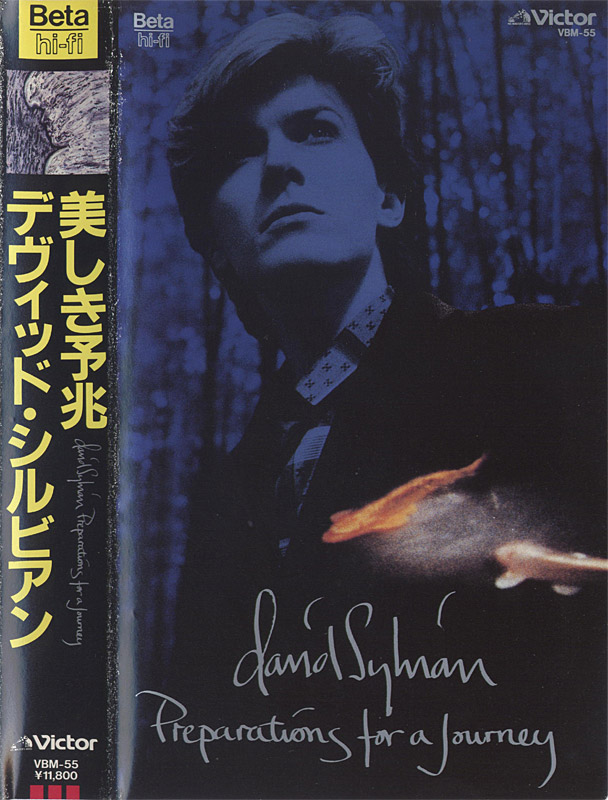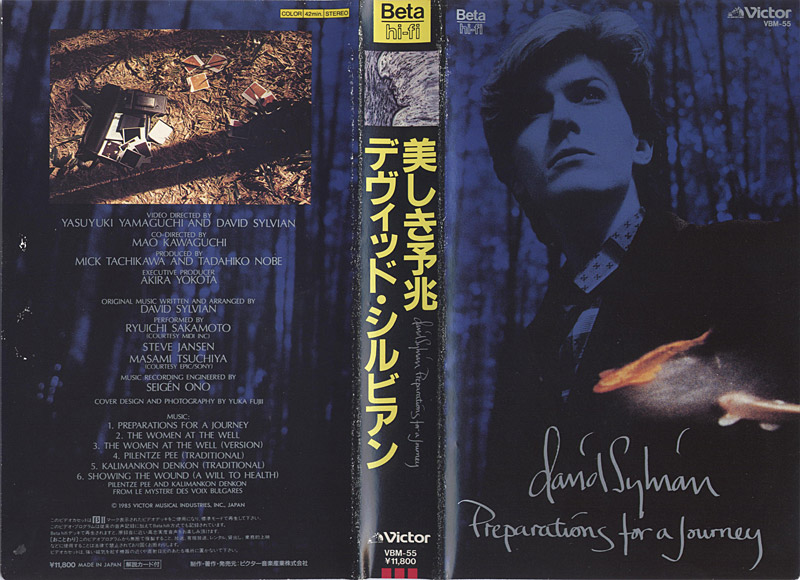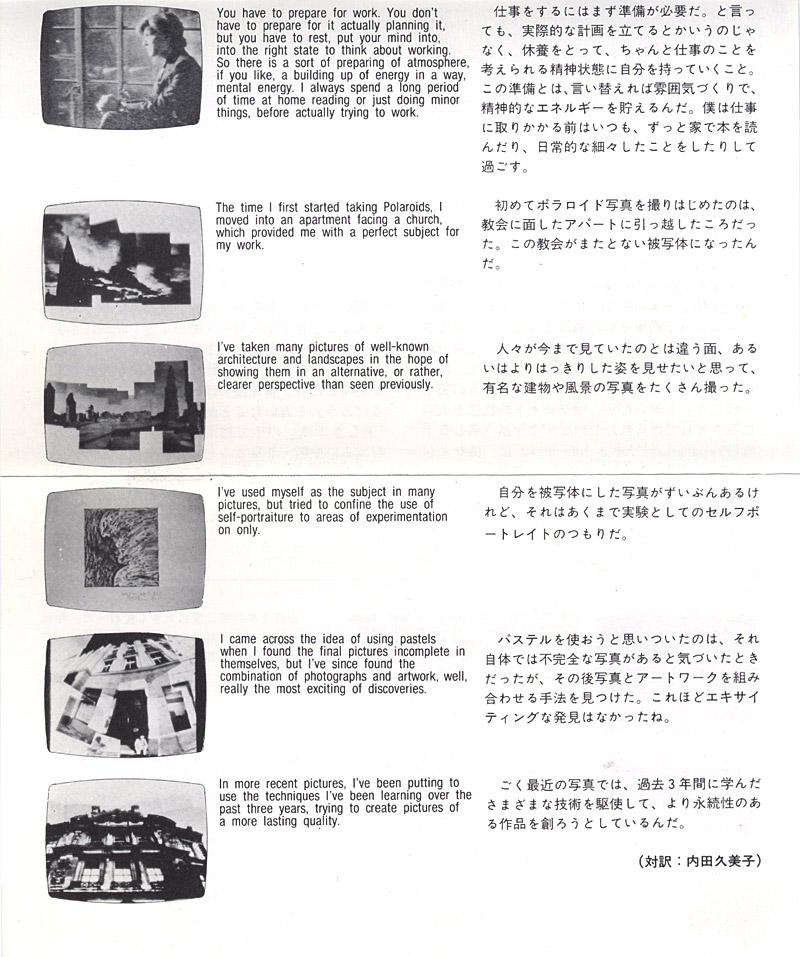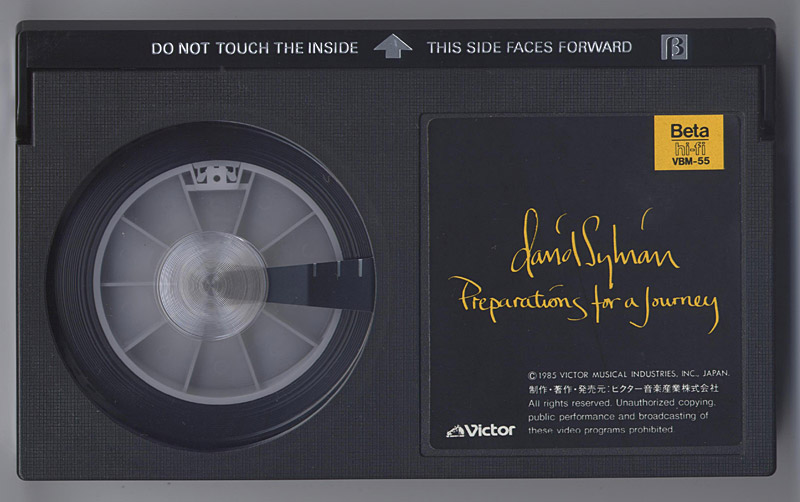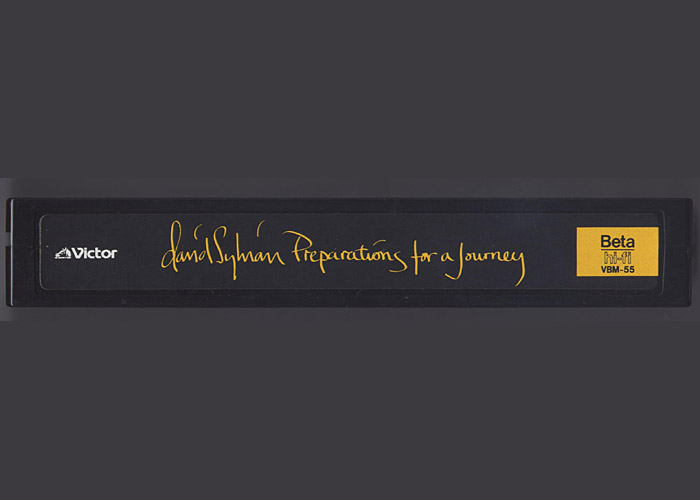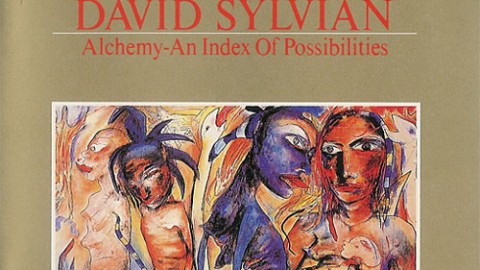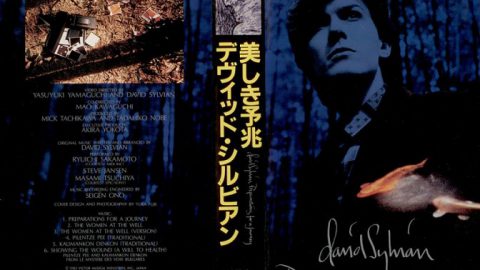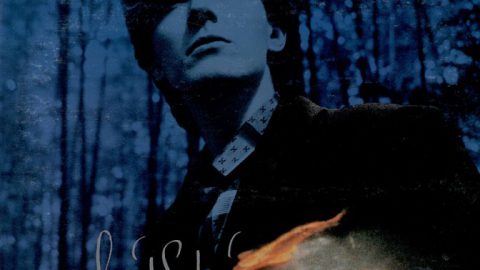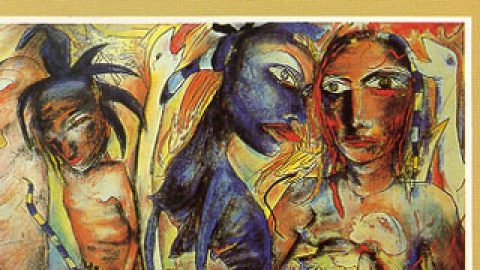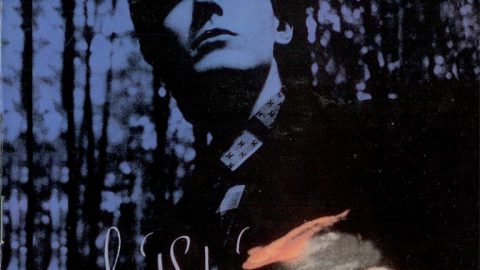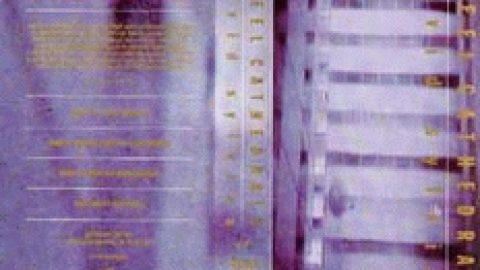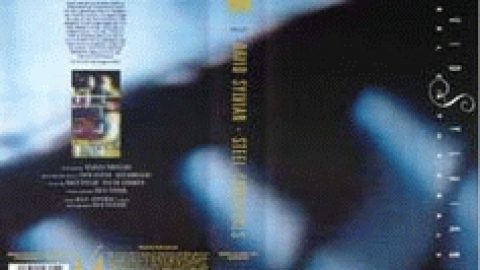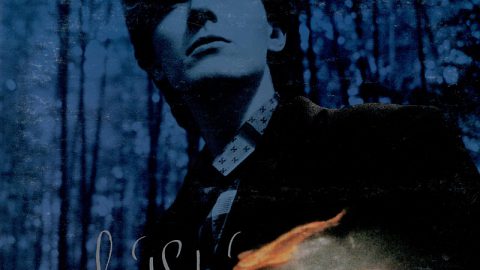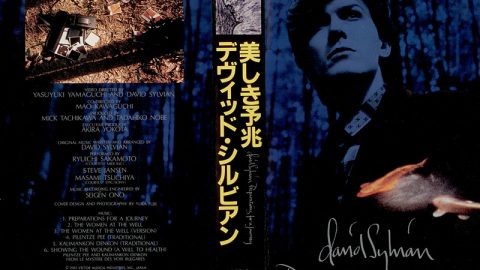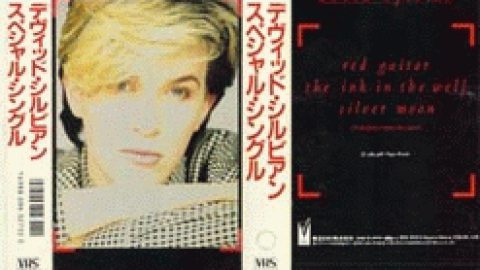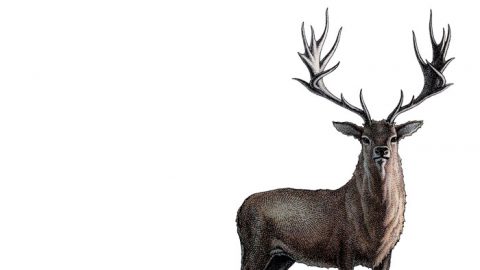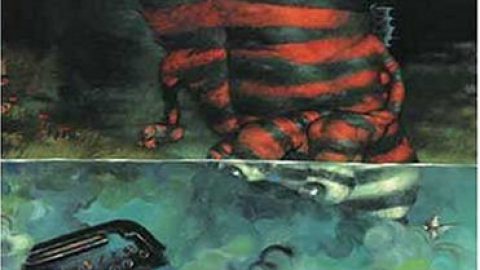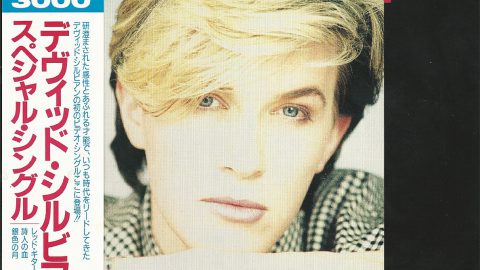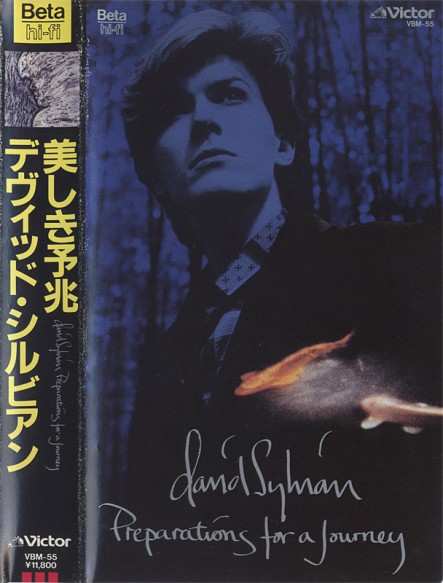
Release date:
February 1, 1985
Copyright:
Victor Music
Type:
VHS
Catalogue:
Victor VBM-55
Released in Japan only
Original music by David Sylvian. Performed by Ryuichi Sakamoto, Steve Jansen, Masami Tsuchiya.
Credits:
Video dir. Yasuyuki Yamaguchi and David Sylvian.
Produced by Mick Tachikawa and Tadahiko Nobe.
Cover design and photography by Yuka Fujii.
The images and information about the Betamax release was kindly provided by Ian Culver.
Spoken text:
Over the past three years I’ve seen major changes in myself, and I now feel about ready to commit myself to certain basic philosophy that may see me through my entire life.
The first couple of times I went to Kyoto, there was, -I didn’t feel anything particularly special about it. People had told me that it was a place I should visit, and that there was a special feeling here, or a special atmosphere, but I was never really aware of it. It wasn’t until I got really tired of Tokyo, and I, I sort of escaped from Tokyo to Kyoto for a break, that I experienced it in the way that people had said I ought to experience it.
Probably because of my age, and mainly because of being brought up in a city, the countryside never really appealed to me, and everything, -I took it for granted, very much so, and everything seemed to appear more like postcard views. I never really felt, I never felt anything from nature.
I could see it, and it’s like the way people say they enjoy a painting, but they don’t feel anything from the paintings, I think maybe it was, maybe it was through my drawing I began to have a greater appreciation of other people’s work, and I begin, I began to feel things from paintings, from drawings or whatever, which is something that also, that never happened before, maybe that opened up the senses to allow me to feel something from nature.
Music takes up more of my time, I mean, just thinking about the work that I have done, or that I will do, and I think that would take up far much more of my time than, than my thoughts and actual work on the drawings and on the Polaroids, but they, they allow me a break from, from the writing, and by turning to the Polaroids, which is a very physical thing, I think, because it’s a manual thing, a manual job if you like, it tends to relax me, and allows me to turn back to the writing with a sort of more open mind.
I think it’s dangerous to do too many things at once, it’s, I think it’s really bad to concentrate on two or three things at the same time. I think that you. then spread yourself too thin, and do neither one of them we” enough, so I think that with the drawing and the Polaroids and the writing, it’s enough for me to be working on at the moment. But in the future, I would like to write and direct a short film. I’ve always been interested in images, and I’d like to do a film that allowed me to express myself totally through visual images.
You feel an affinity with the person that took the photograph, that painted the painting, composed the music or whatever. You feel you have something in common in some way because you’re feeling something from it. It’s when you feel something that, to go further, it’s the essence of the artist that’s in the picture, the spirit, the spirit that the artist communicates for is there within the music, within the photograph, within the painting, and that’s what makes a piece of work valuable.
You have to prepare for work. You don’t have to prepare for it actually planning it, but, but you have to rest, put your mind into, into the right state to think about working. So there is a sort of preparing of atmosphere, if you like, a building up of energy in a way, mental energy. I always spend a long period of time at home reading or just doing minor things, before actually trying to work.
The time I first started taking Polaroids, I moved into an apartment facing a church, which provided me with a perfect subject for my work. I’ve
taken many pictures of wellknown architecture and landscapes in the hope of showing them in an alternative, or rather, clearer perspective
than seen previously.
I’ve used myself as the subject in many pictures, but tried to confine the use of self-portraiture to areas of experimentation on only.
I came across the idea of using pastels when I found the final pictures incomplete in themselves, but I’ve since found the combination of photographs and artwork, well, really the most exciting of discoveries.
In more recent pictures, I’ve been putting to use the techniques I’ve been learni ng over the past three years, trying to create pictures of a more lasting quality.

